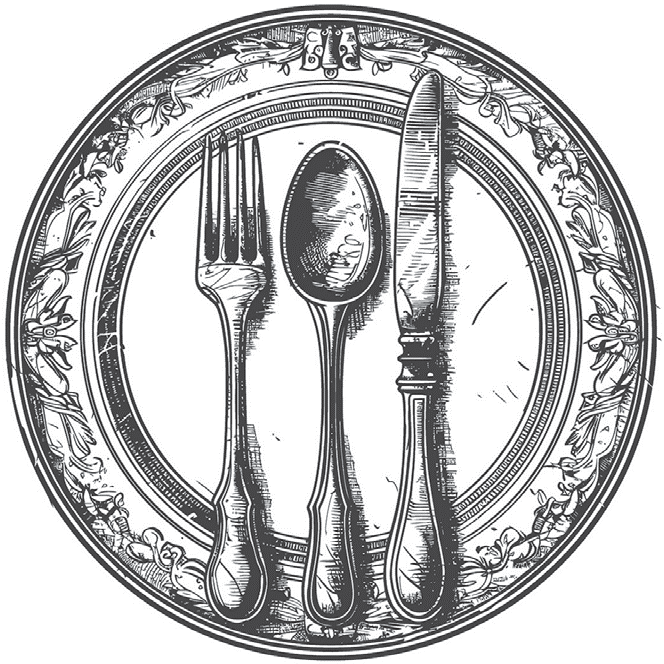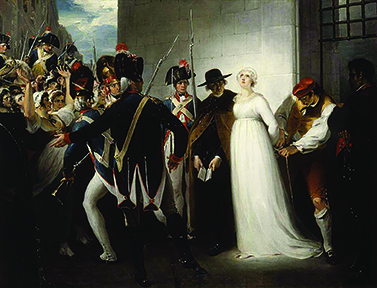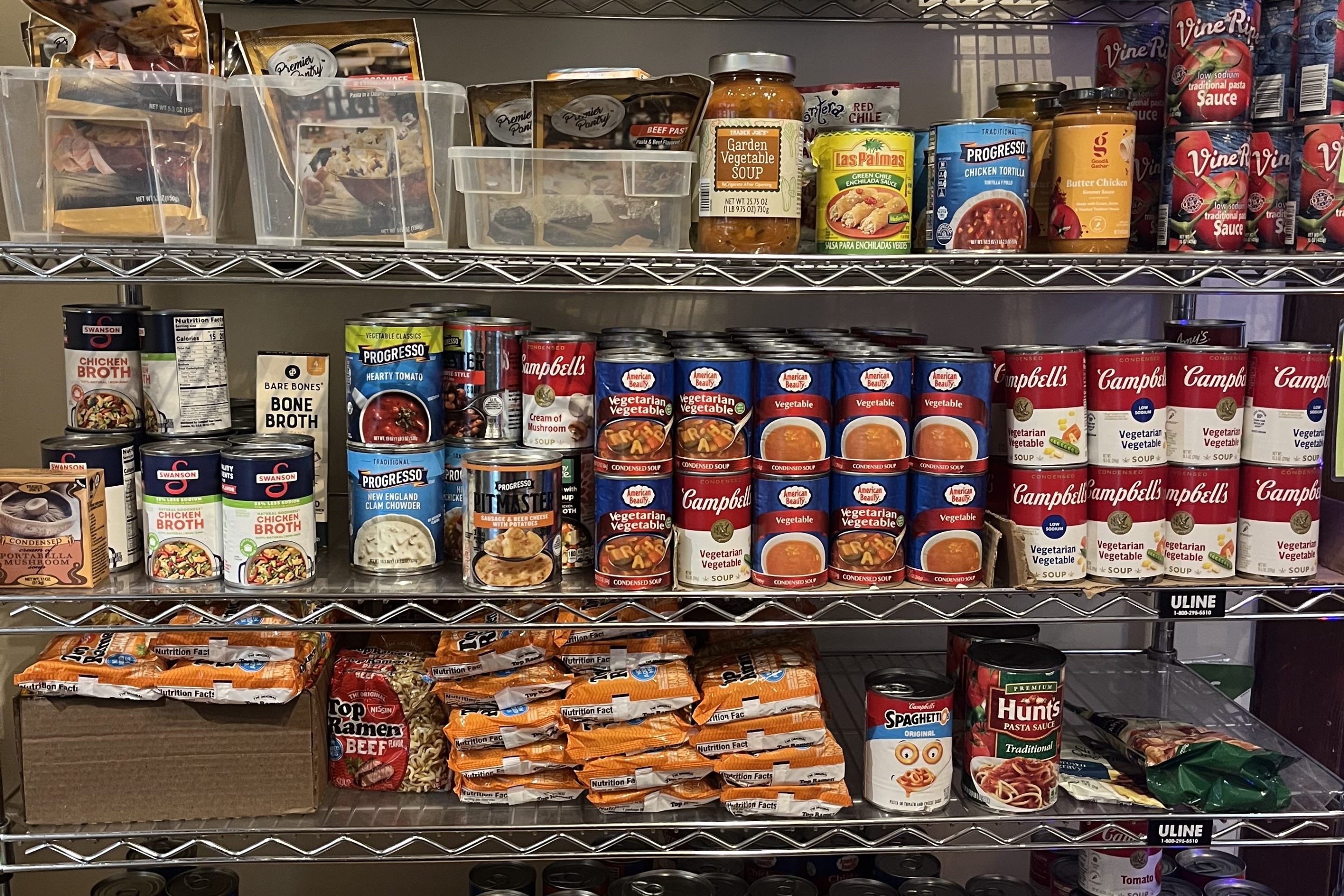Susan Lenfestey is a regular contributor. She lives in Lowry Hill.
“ When the people shall have nothing more to eat, they will eat the rich.”
-- Attributed to Rousseau
But first, there are a few things to consider.
Not all rich are alike, and the labels can be misleading. Just because they shop at the Wedge — or more likely Whole Foods — does not mean they are organic, any more than using Ridwell to recycle means they are environmentalists. It's important to know just who you are eating.
The USDA ratings provide some guidelines, although they are for beef, so of little use to pescatarians, vegetarians and vegans. Or cannibals. According to the interwebs, the USDA grades on tenderness, juiciness and flavor, “primarily using marbling (intramuscular fat) and maturity.” The eight quality grades, from highest to lowest, are Prime, Choice, Select, Standard, Commercial, Utility, Cutter and Canner.
Let’s cut to the chase. It’s the Primes, the well-marbled rich currently grazing in and around the feed lot of the Oval Office, who ought to be first on the menu, although that’s as appetizing as digging into a plate of oily whale blubber. And it’s the tougher Utility, Cutters and Canners who should be pardoned and turned out to pasture to fatten up.
It’s the middle range where things get murky, and to be honest, where I fit in. On the USDA scale of rich I fall somewhere between Select (“a leaner grade which may result in less juiciness and flavor”) and Commercial (“from older animals, with less marbling”). And so do many of my friends and neighbors, the people currently lumped together by some in our city and labeled as “the rich.”
So I write to defend my people who may be middling on the beef chart but get five stars on the human chart. They are creative, generous, and, gasp, politically progressive. They may be bankers who fund the arts and non-profit social services, or developers who build affordable housing, or CEOs who attract people to our city by providing good jobs and benefits. They have funded the campaigns of Gene McCarthy, Walter Mondale, Paul Wellstone, Al Franken and on and on.
Some were moderate Republicans who supported that long-lost breed of Republicans like Arne Carlson and Dave Durenburger, but with the arrival of MAGA, now support centrist Dems. They pay the taxes that provide the blanket of services that too many in our city and country desperately need.
Minneapolis grew up as a milling town on a powerful river, not a slaughterhouse on a slough. We’re founded on wheat, not meat. And other than the gluten thing, which I make light of, and the stolen land and brutalization of indigenous people, which I do not, we should be proud of that.

But we are the North Star on the edge of the tundra.
Along with the hard work of diverse Minneapolitans, it took the vision of some early wealthy leaders — the Primes of their day— to recognize the importance of investing in the arts, the parks and the quality of life in this remote part of the land.
They contributed generously to museums and theaters. They put aside large tracts of prime land to preserve as parks. They may have been rascals in their private lives, which I know nothing about, but in their public lives they were pretty Choice. I’m talking about the Walkers and Lowrys and Pillsburys and Daytons and Crosbys and Dunwoodies and Bennetts and Hills and the Bells and many more, with apologies to the scions of any I have not mentioned. They helped build a prosperous, arty city that attracted people like me and my family to move here 50 years ago, before our neighborhood became such a hoity-toity hot spot. And theirs is a mantle many of us picked up and tried to carry on, attracting another generation to the city, some of those who have now labeled us and would like to eat us. Or maybe just skewer us.
Before you do, keep in mind that beef can be labeled, but people can’t. We are no more alike than pebbles on a beach or grains of wheat. Learn more about who we are, then choose your meal carefully.






